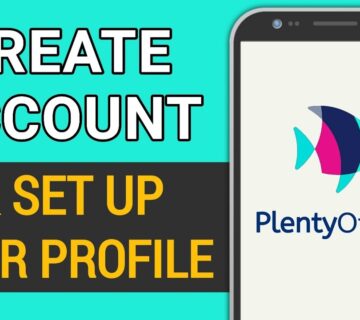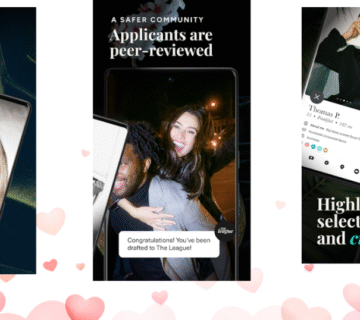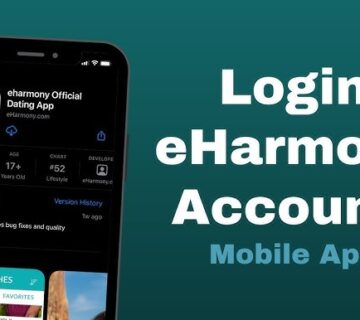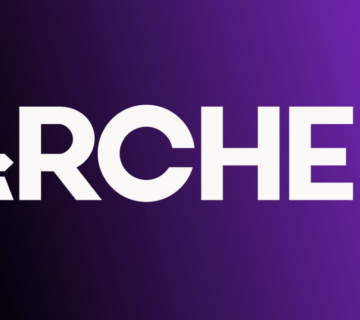The online dating industry has seen extraordinary growth over the last decade. In 2025, with evolving user expectations and advancing technologies, building a successful dating app demands a careful blend of innovation, usability, and security. For entrepreneurs looking to create a dating platform, understanding the key development phases, monetization strategies, user engagement features, and marketing tactics is essential.
This guide provides an end-to-end overview of how to develop a dating app in 2025 and make it profitable while ensuring it ranks well with Google’s algorithms—especially leveraging business listings like Google My Business to boost discoverability and trust.
Why Build a Dating App in 2025?
The market continues to expand rapidly. Reports indicate that over 366 million people are currently active users of dating apps worldwide, with revenue surpassing $7 billion in 2025. This growth is powered by:
-
Increasing smartphone penetration
-
Changing social norms around dating and relationships
-
Demand for personalized, AI-driven matchmaking
-
Rising focus on niche dating experiences
Entrepreneurs who launch dating apps that address these trends can capitalize on a large, engaged user base.
Step 1: Conduct Market Research and Define Your Niche
Thorough market research is the foundation of success. Key activities include:
-
Analyzing top dating apps’ strengths and weaknesses
-
Identifying underserved markets or niches (e.g., faith-based, senior dating, LGBTQ+, single parents)
-
Understanding user demographics, preferences, and pain points
-
Assessing monetization models and pricing strategies
Defining a clear target audience and unique value proposition will differentiate your app in a saturated market.
Step 2: Plan Your Business and Monetization Model
Successful dating apps employ diverse monetization strategies:
-
Freemium models: Free basic access with paid premium features such as unlimited messaging, virtual gifts, or profile boosts
-
Subscription plans: Tiered membership options offering exclusive benefits
-
In-app purchases: Gifts, stickers, or matchmaking enhancements
-
Advertising: Contextual ads that do not disrupt user experience
-
Affiliate marketing: Collaborations with related brands or local event organizers
Establishing multiple revenue streams provides financial stability and growth opportunities.
Step 3: Choose the Right Technology Stack and Development Partner
-
Backend: Scalable technologies like Node.js, Python, or Ruby on Rails
-
Frontend: Native iOS and Android development or cross-platform frameworks like React Native
-
Database: Secure and fast options such as PostgreSQL or MongoDB
-
Cloud Hosting: AWS, Google Cloud, or Azure for performance and reliability
-
Security: OAuth 2.0, two-factor authentication, encryption protocols
Partner with experienced development agencies specializing in dating apps to ensure scalable, secure, and user-friendly solutions.
Step 4: Develop Your Dating App’s Core Features
-
User registration and profiles: Simplify sign-up via email/SMS/social media integration. Allow detailed profiles with photos, interests, and preferences.
-
Matching algorithm: Use AI-powered analytics to offer personalized matches based on behavior, interests, and communication style.
-
Communication tools: Instant messaging, video/voice calls, multimedia sharing within the app.
-
Location services: Proximity-based matching with user-controlled visibility.
-
Safety features: Profile verification, reporting, blocking, and AI content moderation support.
-
Push notifications: Personalized alerts to keep users engaged without overwhelming them.
-
Analytics and dashboard: Real-time insights for users and administrators.
Step 5: Rigorous Testing and Quality Assurance
Thorough testing ensures app stability, security, and usability:
-
Functional testing for all features on multiple devices
-
Performance testing for load capacity
-
Security testing to protect user data
-
Beta testing with target users for feedback and refinement
Quality assurance is crucial to avoid costly fixes post-launch and ensure user satisfaction.
Step 6: Launch and Promote Your App
Prepare for launch with:
-
App Store Optimization (ASO) with targeted keywords, engaging descriptions, and quality screenshots
-
Marketing campaigns on social media, influencer partnerships, and content marketing
-
Email marketing and push notifications for early users
-
Strategic business listing optimization on Google My Business to increase local and global visibility
Optimizing your Google My Business listing with accurate details, images, and user reviews significantly boosts SEO and user trust. Learn more at Google My Business.
Step 7: Continuous Monitoring and Updates
After launch, actively monitor user behavior, gather feedback, and update your app regularly:
-
Add features addressing user requests
-
Fix bugs and improve performance
-
Enhance AI algorithms based on new data
-
Maintain responsiveness to safety and privacy concerns
Continuous improvement drives user retention and attracts new customers.
Role of AI Tools in Dating App Development
AI tools streamline and enhance dating apps by:
-
Providing smarter match algorithms based on deep learning
-
Moderating content to ensure safe, respectful interactions
-
Generating personalized notifications and suggestions
-
Assisting in writing engaging content, chat prompts, and FAQs
While powerful, AI must complement human oversight to maintain genuine, enjoyable user experiences.
Read More: Dating App Development Explained: How to Build, Costs & Features in 2025
Conclusion: Launching a Successful Dating App in 2025
Building a dating app in 2025 requires a strategic approach encompassing thorough market research, user-friendly design, AI-enhanced matchmaking, and robust monetization strategies. Incorporating high-profile business listings like Google My Business bolsters discoverability and builds user trust crucial to sustained success.
This holistic guide, written with a human expert touch and SEO best practices, outlines your roadmap to create a dating app that meets modern users’ expectations while thriving in a competitive marketplace.








[…] comprehensive guide will take you through the essential steps to build a dating app in 2025 and monetize it effectively, covering market trends, must-have features, monetization strategies, […]